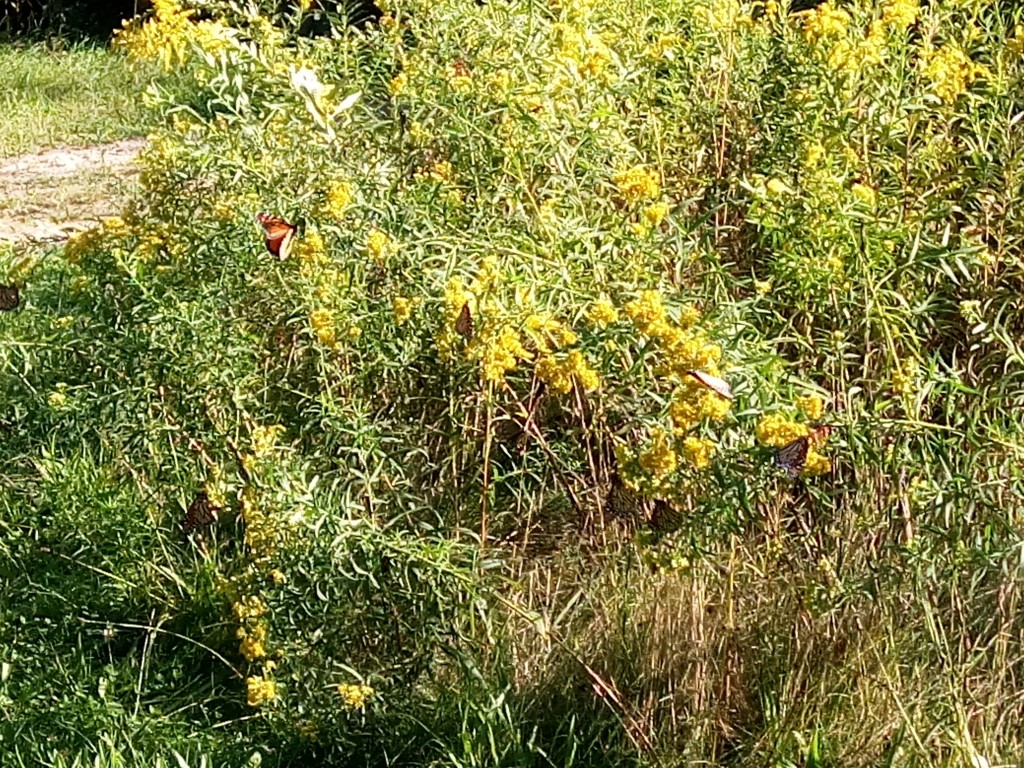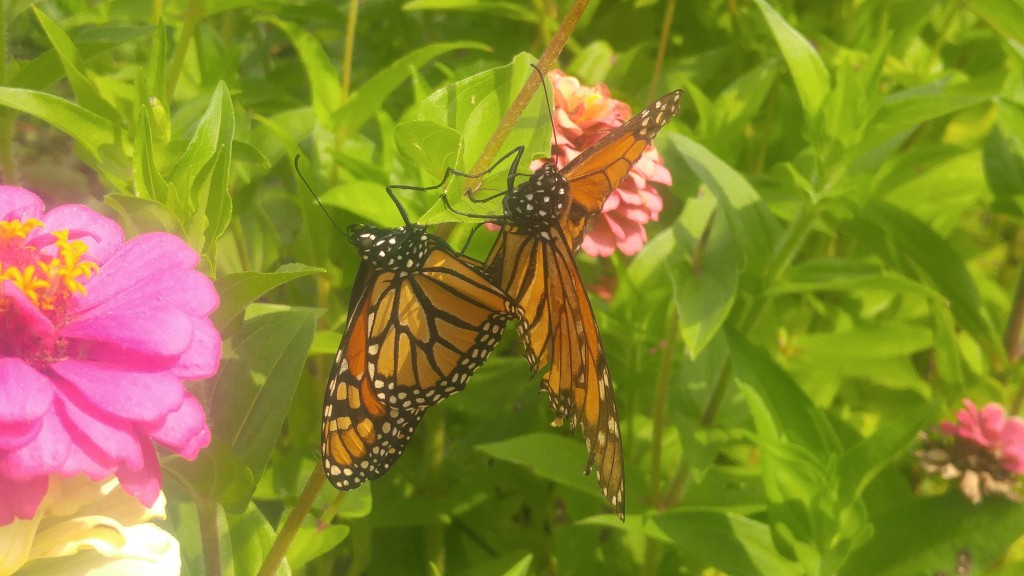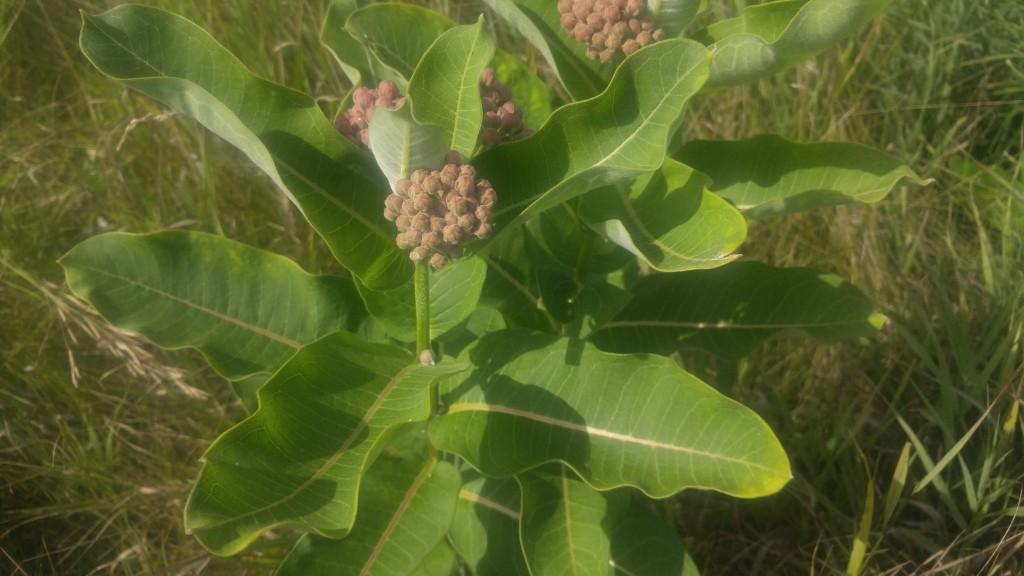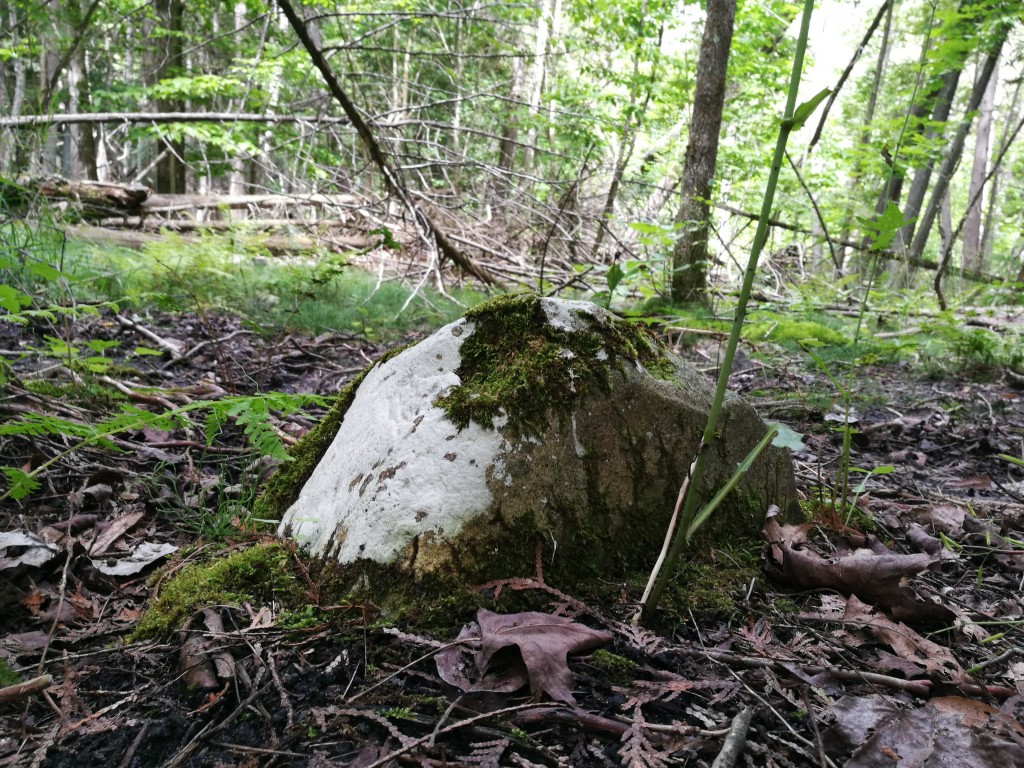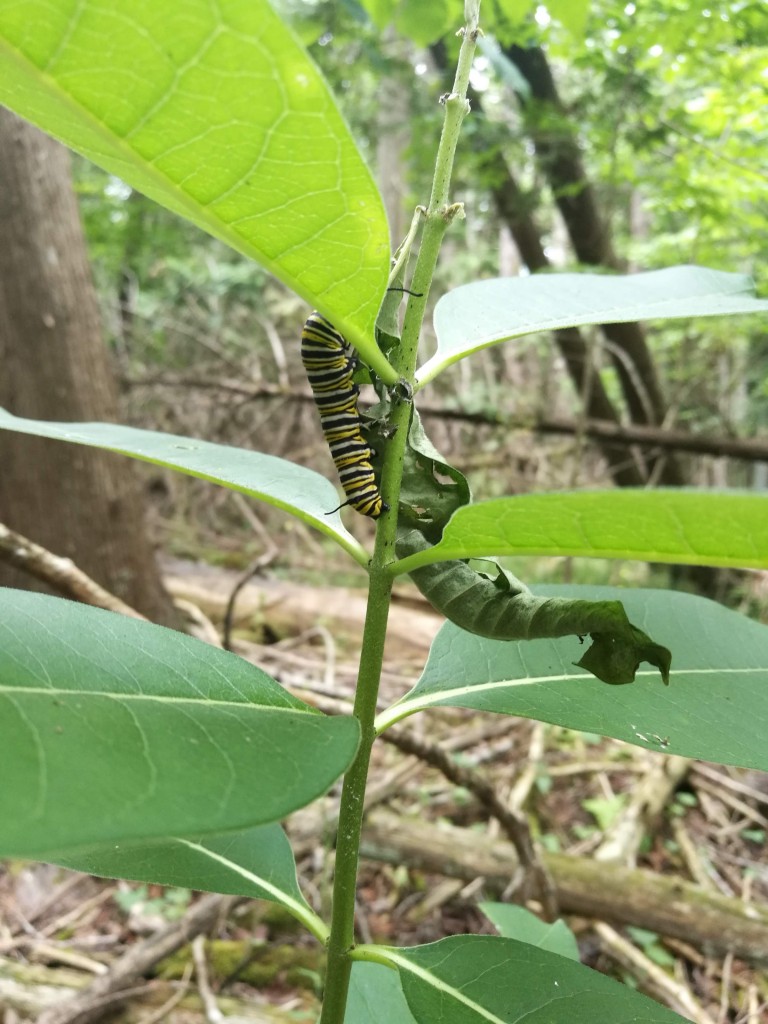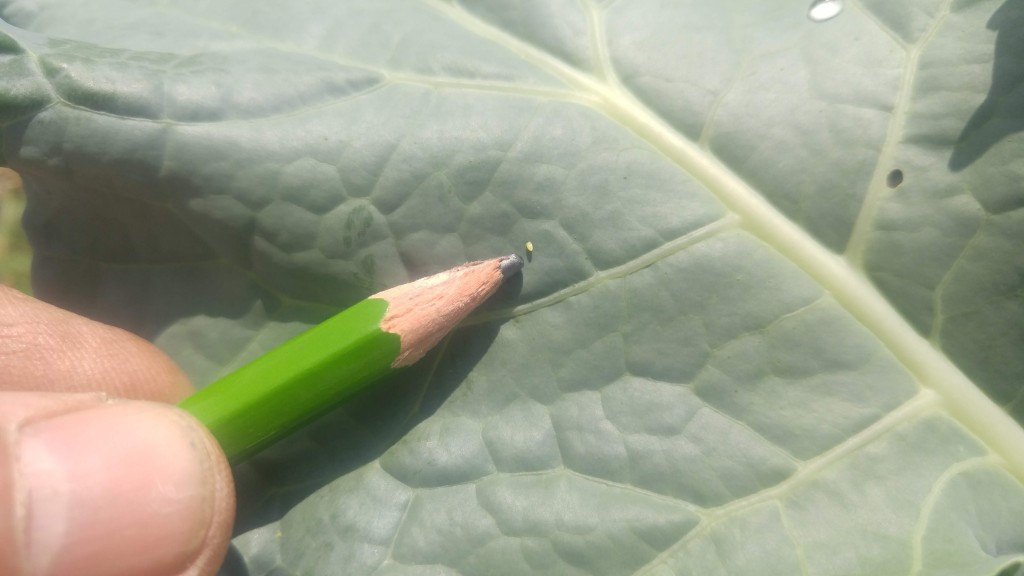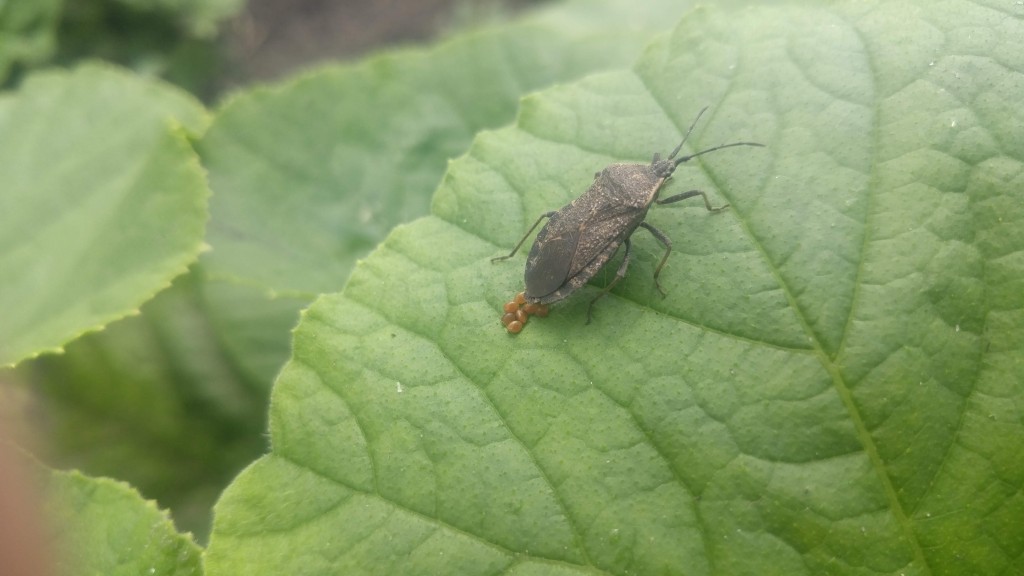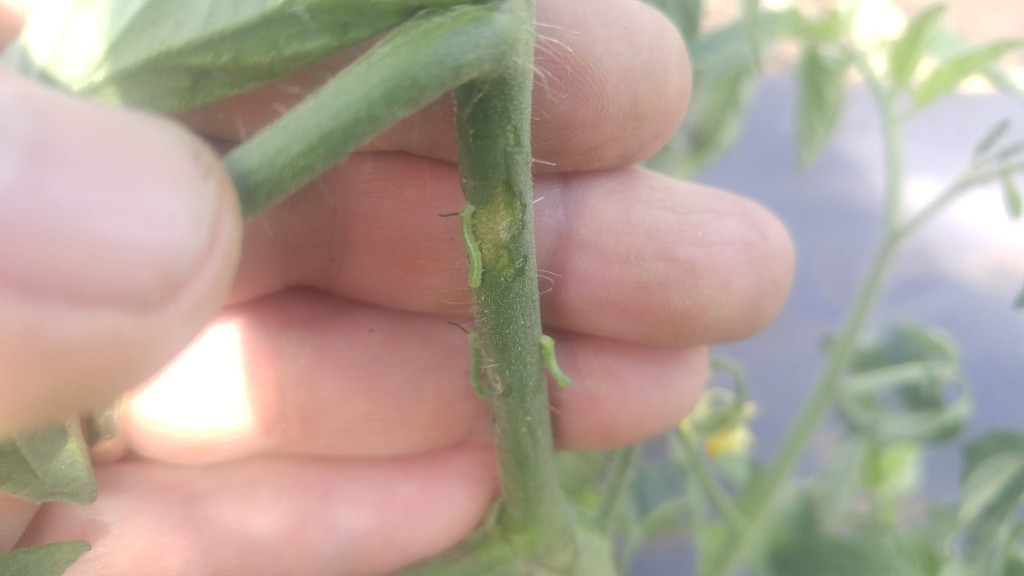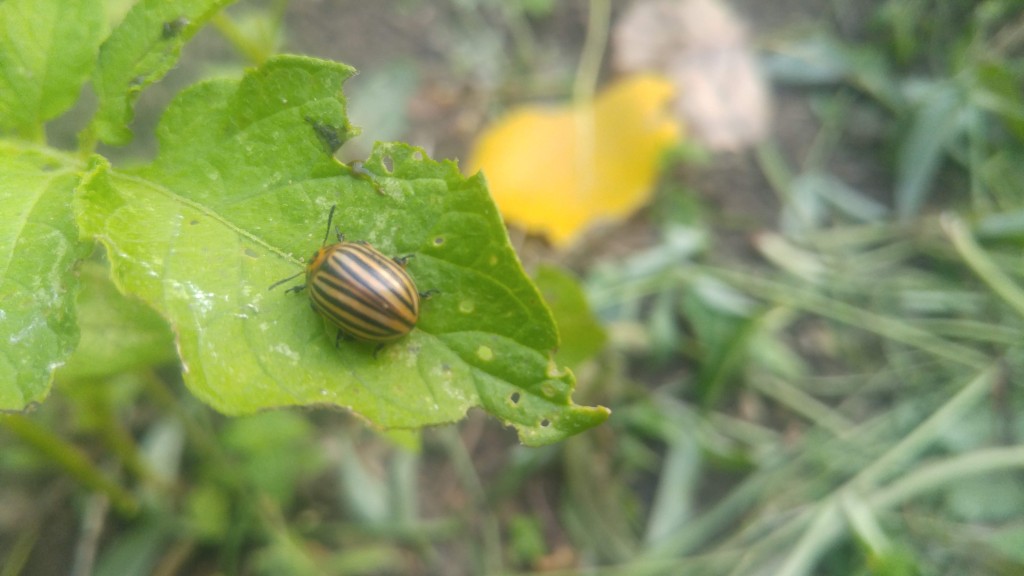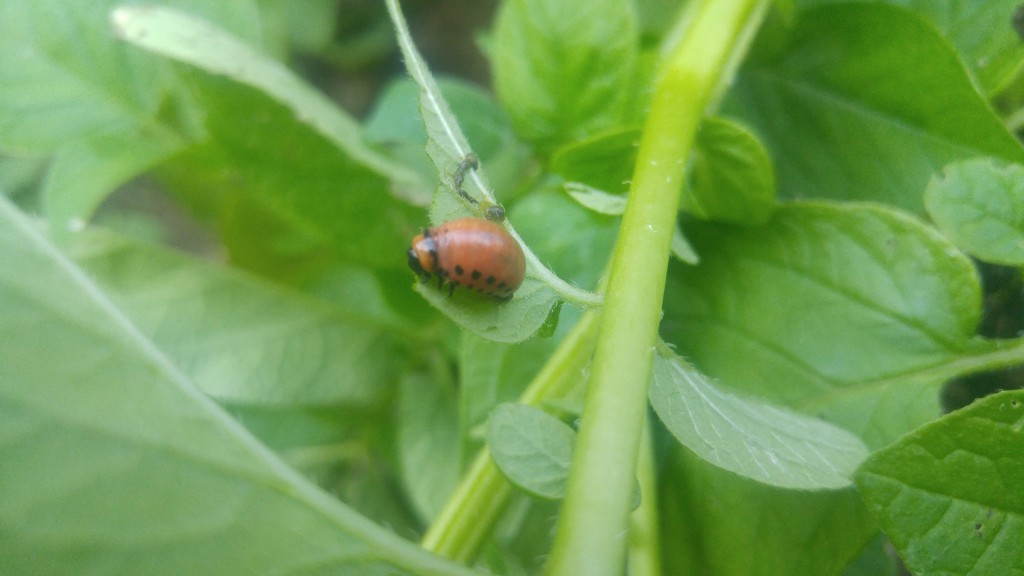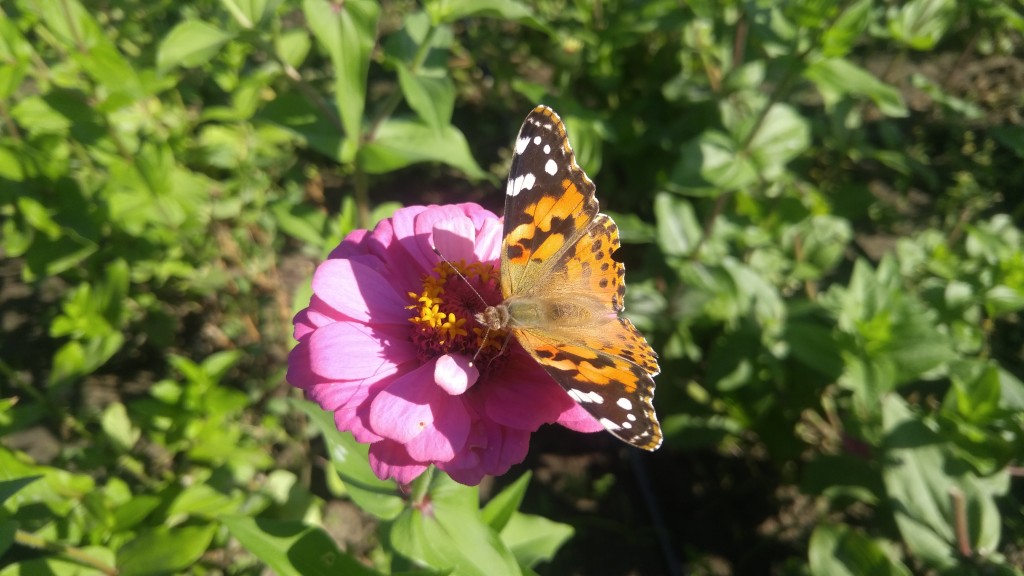In past years, goldenrod has received a bad reputation through no fault of its own. For decades, doctors implied their patient’s allergy symptoms were caused by goldenrod pollen when in fact, the actual culprit was ragweed.
The thinking behind it was ragweed flowers are relatively inconspicuous compared to flowers on other plants. Unless you’re really looking for it, ragweed can be hard to find. Goldenrod on the other hand, with its bright yellow flowers can easily be seen by a man on a fast horse. Since goldenrod blooms when ragweed is shedding pollen, it was simply easier to tell allergy sufferers to expect their symptoms to show up when goldenrod is out. Botanists would call this a phenological event. That’s when something goes on with one species of plant that is a signal for something else.
Goldenrod flowers produce large amounts of nectar so is always eagerly anticipated by beekeepers. A large goldenrod bloom can make the difference between no honey crop or a bountiful one. It is one of the last family of plants to remain blooming after others have stopped for the year.
Honeybees are not the only ones that take advantage of the nectar bounty. It’s an important fall food for wild pollinators and butterflies such as monarchs and other species.
Earlier this week we were sitting on our front porch taking a break and noticed some movement in our wildflowers. Looking closer, we could see over twenty adult monarch butterflies feeding on nectar from the goldenrod growing in our yard.
Judging by what is happening in and around my stomping grounds, it looks like a good year for monarch butterflies.
The monarch migration is underway and coincides with the fall bird migration (and Michiganders heading back to Florida).
During our break we also watched a kettle of broad-winged hawks circling high in a thermal updraft. They were on their way south to their winter home. While watching the hawks, way up in the air we could see something passing by in and out of our field of vision through the binoculars. After re-focusing and zooming in on them, we discovered they were monarch butterflies!
More monarchs were flying just over the tree tops. It was a lot of fun watching them fly at those different altitudes instead of fluttering around the garden.
There are still quite a few caterpillars feeding on our milkweed plants too. We even spotted a pair of mating adults. That seemed late to me. The eggs will have to hatch; the caterpillars have to pupate; and the adults emerge before the weather gets too inclement for them to fly south. I’m not sure if they’ll have enough time to complete their life cycle this fall.
Bob
